Discover 7 hidden attractions, cool sights, and unusual things to do in Forres (United Kingdom). Don't miss out on these must-see attractions: Brodie Castle, Logie Steading, and Sueno's Stone. Also, be sure to include Kinloss Abbey in your itinerary.
Below, you can find the list of the most amazing places you should visit in Forres (Scotland).
Table of Contents
Brodie Castle
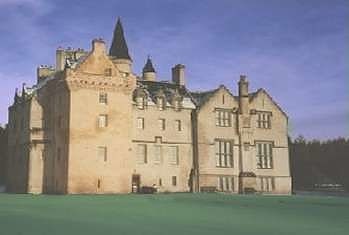
Turreted castle and Clan Brodie displays. Brodie Castle is a well-preserved Z plan castle located about 3+1⁄2 miles west of Forres, in Moray, Scotland. The castle is a Category A listed building and the grounds are included in the Inventory of Gardens and Designed Landscapes in Scotland.[1]
Address: Off A96, IV36 2TE Forres
Logie Steading
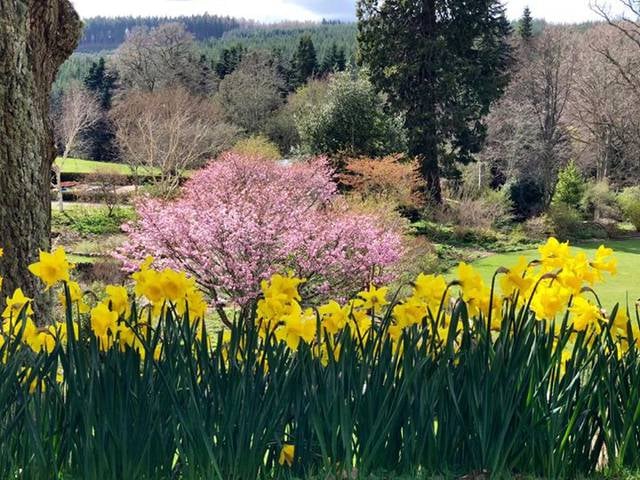
Visitor center, Shopping, Farm, Shopping centre
Sueno's Stone
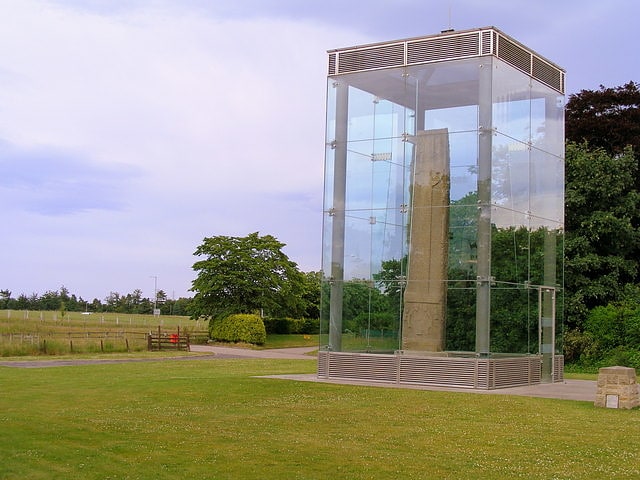
Medieval sandstone column with carvings. Sueno's Stone is a Picto-Scottish Class III standing stone on the north-easterly edge of Forres in Moray and is the largest surviving Pictish style cross-slab stone of its type in Scotland, standing 6.5 metres in height. It is situated on a raised bank on a now isolated section of the former road to Findhorn. The stone is named after Sweyn Forkbeard, but this association has been challenged and it has also been associated with the killing of King Dubh mac Ailpin in Forres in 966. The stone was erected c. 850–950 but by whom and for what, is unknown.[2]
Kinloss Abbey
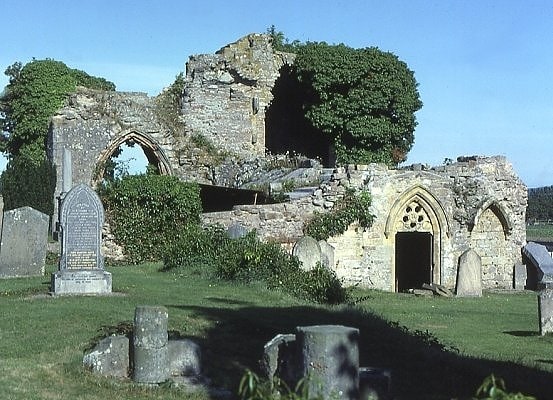
Abbey. Kinloss Abbey is a Cistercian abbey at Kinloss in the county of Moray, Scotland.
The abbey was founded in 1150 by King David I and was first colonised by monks from Melrose Abbey. It received its Papal Bull from Pope Alexander III in 1174, and later came under the protection of the Bishop of Moray in 1187. The abbey went on to become one of the largest and wealthiest religious houses in Scotland, receiving the valuable salmon fishing rights on the River Findhorn from Robert the Bruce in 1312, subsequently renewed by James I and James IV.
During its history the abbey has received many royal visitors, including Edward I in 1303, Edward III in 1336 and Mary, Queen of Scots, in 1562. The most renowned of the 24 abbots the monastery had was Robert Reid. Reid introduced organised education, erecting a new library and other buildings at the abbey. He became Bishop of Orkney in 1541 and, following his death, became the founder and benefactor of the University of Edinburgh with funds from his estate. The abbey and its lands were part of the Barony of Muirton and the Lordship of Kinloss at various times.
Few of the monastic buildings remain standing today. The remains of the abbey are now situated within a graveyard owned by the local authority, and are therefore accessible at all times. They are designated a scheduled ancient monument.[3]
Falconer Museum
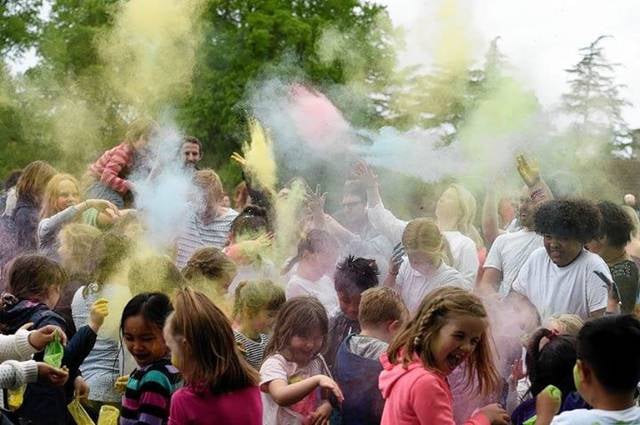
Specialty museum, History museum, Museum
Address: Falconer Museum Tolbooth Street, IV36 1PH Forres
Dallas Dhu distillery museum
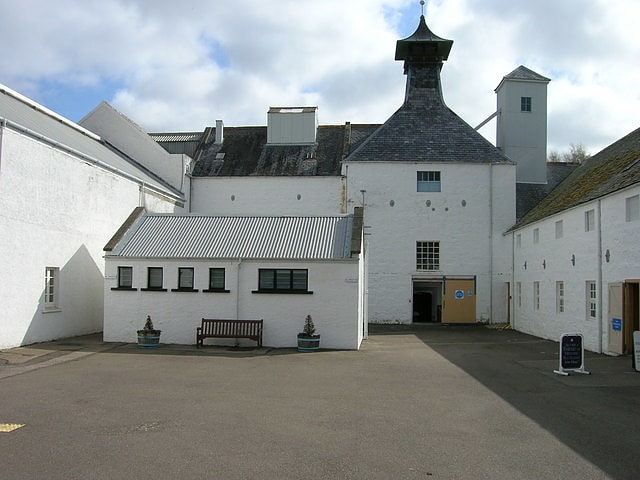
Tourist attraction in Scotland. The Dallas Dhu distillery was a producer of single malt Scotch whisky that operated between 1899 and 1983 in Forres, Moray, Scotland. Dallas Dhu means "Black Water Valley" in Gaelic. Its whisky also appeared as a "Dallas Mhor" single malt. In 1899, Alexander Edward designed the Dallas Dhu distillery at the height of the whisky boom. Later he sold the plans and the distillery was built by the blender Wright and Greg. It was acquired by Benmore Distilleries Ltd, which joined DCL in 1929. The stillhouse was destroyed by a fire in 1939, but rebuilt. Production continued until the distillery closed in 1983; it is now a museum.[4]
Address: Mannchie Rd, IV36 2RR Forres
Cluny Hill
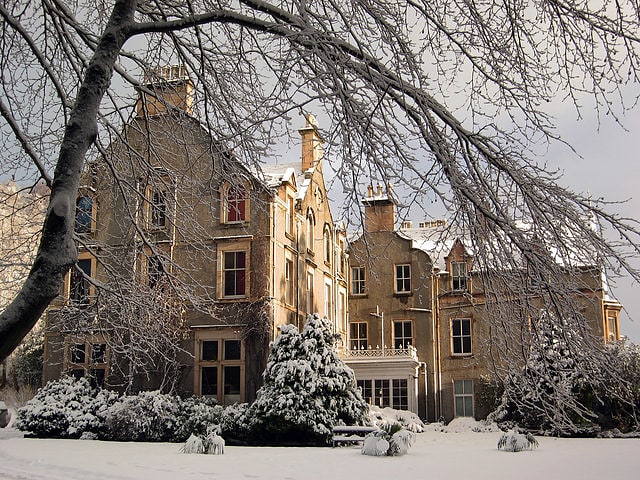
Cluny Hill is a hill on the East side of Forres, Scotland.
At the top of Cluny Hill is Nelson's Tower, built in 1806 to commemorate Admiral Lord Nelson and his victory at Trafalgar. The Tower is open to the public.
Writing in 1807 the antiquarian George Chalmers recorded the existence of a hillfort on the top of the hill, with "a strong earth rampart and a ditch 12ft wide, enclosing an area of more than 6 acres." He further noted "a small 'post' with bank and ditch enclosing an area 10ft square" lying to the south. The Ordnance Survey recorded the hill as the site of a "British Camp" in 1938, but by 1963 no obvious trace of a fort remained. The existence of the hillfort, which extended to 3.6 hectares (8.9 acres), was confirmed in 2017.
The nearby Cluny Hill Hydropathic Establishment opened in 1864. The opening of Cluny Hill signalled a transition in the hydropathic movement that prevailed in the 19th century.
What marked it out were three features. It was an enterprise capable of accommodating a much larger clientele; some 65 visitors were in residence in the first July. Secondly, as the visitor's lists show, the clientele was drawn from the immediate locality and further afield: Edinburgh and Glasgow in the main, but also locations like Cheshire and the Isle of Wight. Third, the size of the venture required a high level of capitalization and consequently the promotion was handled through a limited company rather than private partnerships.
After being commandeered for troop use during World War II it reopened in 1947 under North British Hotels Ltd. as the Cluny Hill Hotel. By 1975 it was deemed unprofitable and was sold to the Findhorn Foundation for £60,000. The new owners renamed it Cluny Hill College.[5]